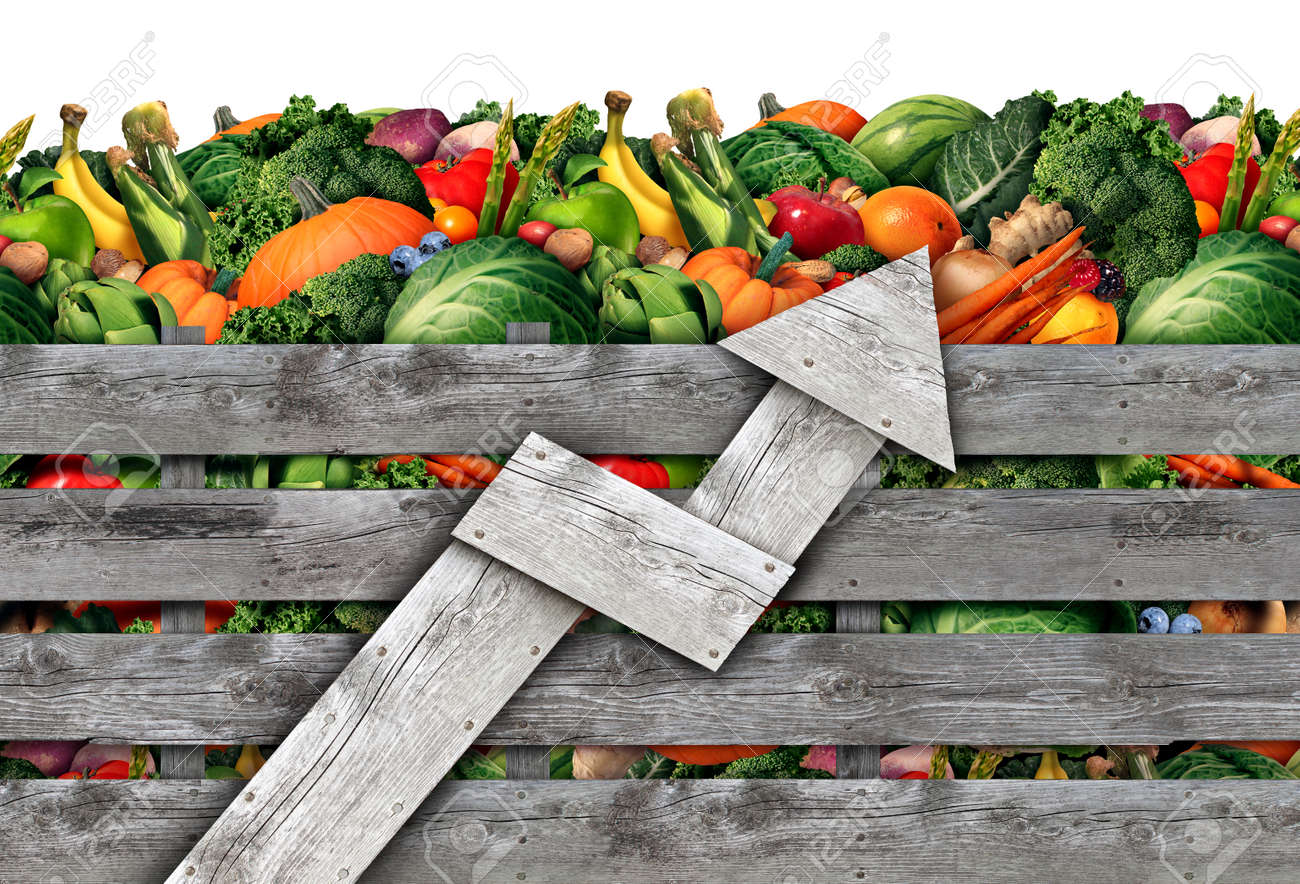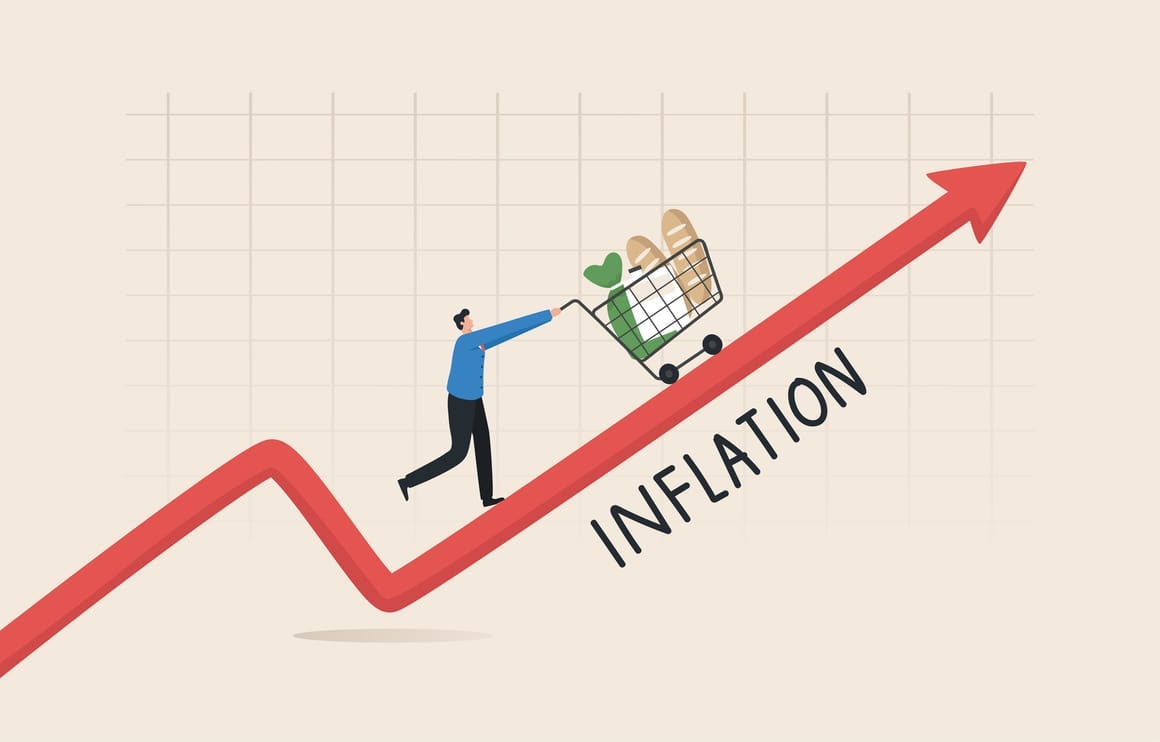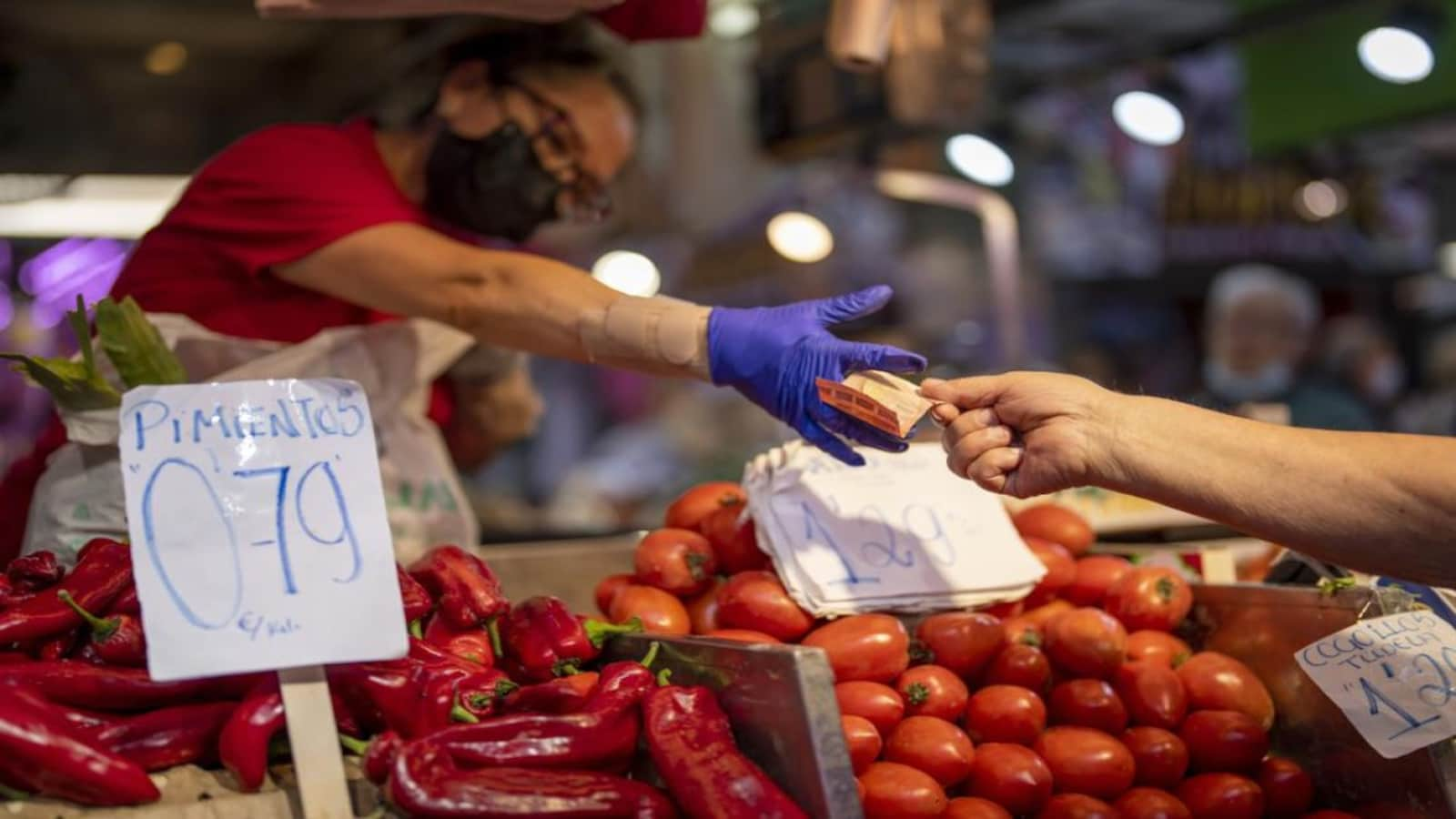Food Inflation: Sustained Elevation, Projected Above 6% in H2

Food Inflation: Sustained Elevation, Projected Above 6% in H2
Food inflation is a critical economic indicator that measures the rate at which food prices are rising within an economy. It has far-reaching consequences, affecting not only consumers’ budgets but also overall economic stability.
Over the years, food inflation has been subject to various factors, including weather conditions, supply chain disruptions, and global economic trends.

In recent times, the world has witnessed significant fluctuations in food prices, leading to concerns that food inflation may remain elevated, potentially exceeding 6% in the second half of the year (H2).
Factors Contributing to Elevated Food Inflation
- Supply Chain Disruptions: Supply chain disruptions have been one of the most significant factors driving food inflation in recent times. The COVID-19 pandemic exposed vulnerabilities in supply chains across the globe. Lockdowns, restrictions, and labor shortages disrupted the flow of goods, leading to higher transportation costs and delays in food deliveries. These disruptions have not only affected the availability of food but also increased costs throughout the supply chain, from farmers to retailers.
- Extreme Weather Events: Extreme weather events, such as droughts, floods, and wildfires, have become more frequent and severe due to climate change. These events can devastate crops and disrupt agricultural production, leading to reduced food supplies and higher prices. For example, prolonged droughts in major food-producing regions can lead to lower yields and higher production costs, driving food prices upward.
- Rising Energy Costs: Energy costs play a crucial role in food production and transportation. Fluctuations in oil prices can impact the cost of fuel, fertilizers, and other inputs needed for agriculture. When energy prices rise, farmers and food producers often pass on these increased costs to consumers, resulting in higher food prices.
- Global Commodity Prices: Many food items are traded on global commodity markets. Fluctuations in commodity prices, influenced by factors like geopolitical tensions, trade disputes, and currency exchange rates, can directly impact food prices. When commodity prices rise, food inflation tends to follow suit.
- Supply-Demand Imbalances: The demand for food continues to grow globally due to population growth and changing dietary preferences, such as increased consumption of protein-rich foods. Meeting this rising demand can strain food supply chains, leading to higher prices.
- Government Policies: Government policies, such as trade restrictions, subsidies, and price controls, can either exacerbate or mitigate food inflation. In some cases, interventions aimed at stabilizing prices may inadvertently lead to distortions in supply and demand, resulting in higher food prices.

Impacts of Elevated Food Inflation
- Consumer Burden: Elevated food inflation places a significant burden on consumers, particularly those with lower incomes. It reduces their purchasing power, making it more difficult to afford essential food items. This can lead to food insecurity and exacerbate poverty in vulnerable populations.
- Economic Uncertainty: Food inflation can contribute to overall economic uncertainty. High and volatile food prices can affect consumer confidence, leading to reduced spending in other sectors of the economy. This can, in turn, impact businesses and job creation.
- Central Bank Response: Central banks often respond to rising inflation by adjusting interest rates. If food inflation remains elevated, central banks may raise interest rates to curb inflationary pressures. However, higher interest rates can have broader economic consequences, potentially slowing down economic growth.
- Agricultural Investment: To address food inflation sustainably, there is a need for increased investment in agriculture. This includes research and development to improve crop yields, infrastructure development, and support for smallholder farmers. Investment in agriculture can enhance food production, reduce supply chain vulnerabilities, and mitigate food price spikes.
Food inflation is a multifaceted issue influenced by various factors, including supply chain disruptions, extreme weather events, rising energy costs, global commodity prices, supply-demand imbalances, and government policies.

The potential for food inflation to remain elevated above 6% in the second half of the year raises concerns about its impact on consumers and the broader economy.
Addressing food inflation requires a coordinated effort from governments, international organizations, and the private sector.

It involves strategies to enhance food security, improve supply chain resilience, and promote sustainable agriculture. Only through these concerted efforts can we hope to mitigate the impact of elevated food inflation and ensure that essential food items remain affordable for all, while also promoting economic stability.




